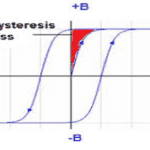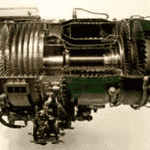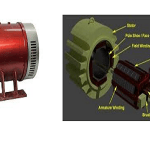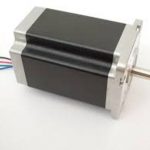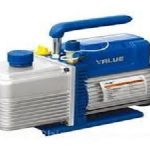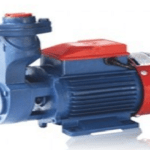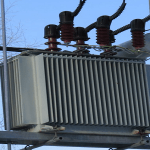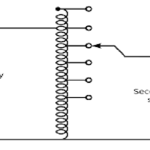We all know that the DC generator and DC motor are the machines where the functionality of these machines is to convert mechanical energy to electrical energy and vice versa. But in this conversion process, all the provided input power is not converted into output power because there will be some power loss. This reduces the efficiency and performance of the machine. So, to construct and design DC machines with enhanced efficiency, one has to clearly … [Read more...]
What is Closed Cycle Gas Turbine : Working & Its Efficiency
From the past few decades, this closed cycle gas turbine has gained huge prominence because of its crucial involvement in the worldwide energy requirements. In the year 1935, the first patent for closed cycle gas turbines was announced but the commercial usage of these happened in the year 1939. Conventionally, these gas turbines were mostly employed as external combustion engines using brown coal and bituminous coal. But these were supplanted by open … [Read more...]
Know the Differences between DC Shunt Motor & DC Shunt Generator
In the scope of electrical technology, a parallel circuit is described to be shunt. Direct current motors and generators where the armature and field windings are parallelly connected are termed as DC shunt motors and DC shunt generators. Fundamentally, a similar machine can be utilized as motors and generators. The foremost variation in between these devices is that in the DC shunt motor the input is of electrical energy and the output is mechanical … [Read more...]
What is a Stepper Motor – Construction, Operating Principle & Uses
It is a type of motor used for precise movements and positioning of objects mainly in milling machines. It is a brushless type synchronous motor and it is operated stepwise. This step-wise rotation is considered as the step angle. One step angle is the rotation of the shaft per one step. The step angle can be of different degrees depending upon the construction of the rotor and stator teeth. The brushless motor rotates the shaft 360 degrees per one … [Read more...]
What is a Vacuum Pump : Working Principle & Applications
Vacuum pumps are extensively used in refrigeration, air conditioning, etc. systems. They are used to remove air, non-condensable items such as water from a system. Removal of water in the system makes the refrigeration effective since the presence of water would corrode the internal parts of the system and cause inefficiency. The removal of water needs a vacuum pump to be operated. Similarly, it plays a major role in air conditioning systems also. Removal … [Read more...]
What is Monoblock Pump : Working and Types
Well, we all know that pumps are the instruments to create a movement in the fluids through some sort of mechanical activity. And depending on the mechanical action, pumps have many classifications like velocity, gravity, steam, and valveless pumps. So, today we are going to have our discussion on one of the specific kinds of the pump and it is “Monoblock Pump”. This kind of pump also holds various benefits to be implemented in irrigation, construction … [Read more...]
What is Submerged Arc Welding : Working and Its Applications
Welding is the concept of joining two metals through some external procedures and the concept which stood as basic for welding is lap welding. Then after, this domain observed huge progression with the usage of metals such as bronze and copper. To the clear, this progression was driven by human enhancements in the invention of multiple instruments. In the 20the century, there comes the scene of electricity and this prompted the discovery of various … [Read more...]
What is Distribution Transformer : Construction, Types & Its Uses
The men behind the invention of the transformer are William Stanley, Lucien Gaulard and Sebastian and employed the device for both commercial and practical applications. Then, the modern type of transformer was invented in the year 1886 where this used AC power as the power source. Ranging from radio systems to microelectronics, these transformers are extensively utilized from the time of their invention. The presentation of the distribution transformer … [Read more...]
What is Transformer Rectifier : Working, Features & Applications
The transformer rectifier, also known as the transformer rectifier unit (TRU) has versatile applications due to its robustness and efficiency. It is mostly used in the aviation industry because of its mobility and lightweight. The transformer rectifier unit combines the characteristics of a transformer and a rectifier. With the use of this unit, a variable DC voltage is obtained from AC voltage. Initially, the AC voltage is varied to a different level … [Read more...]
What is Autotransformer : Working Principle, Construction & Applications
Autotransformer is a single winding transformer that works on the principle of Faraday’s Law of electromagnetic induction. Mostly used in low voltage range, for industrial, commercial and laboratory purposes. Also known as variac, dimmer stat, etc. autotransformer can be single and three-phase. Due to single winding, autotransformers have fewer losses, more efficient and robust. By taking tapping on the secondary side, a wide range of voltage can be … [Read more...]
